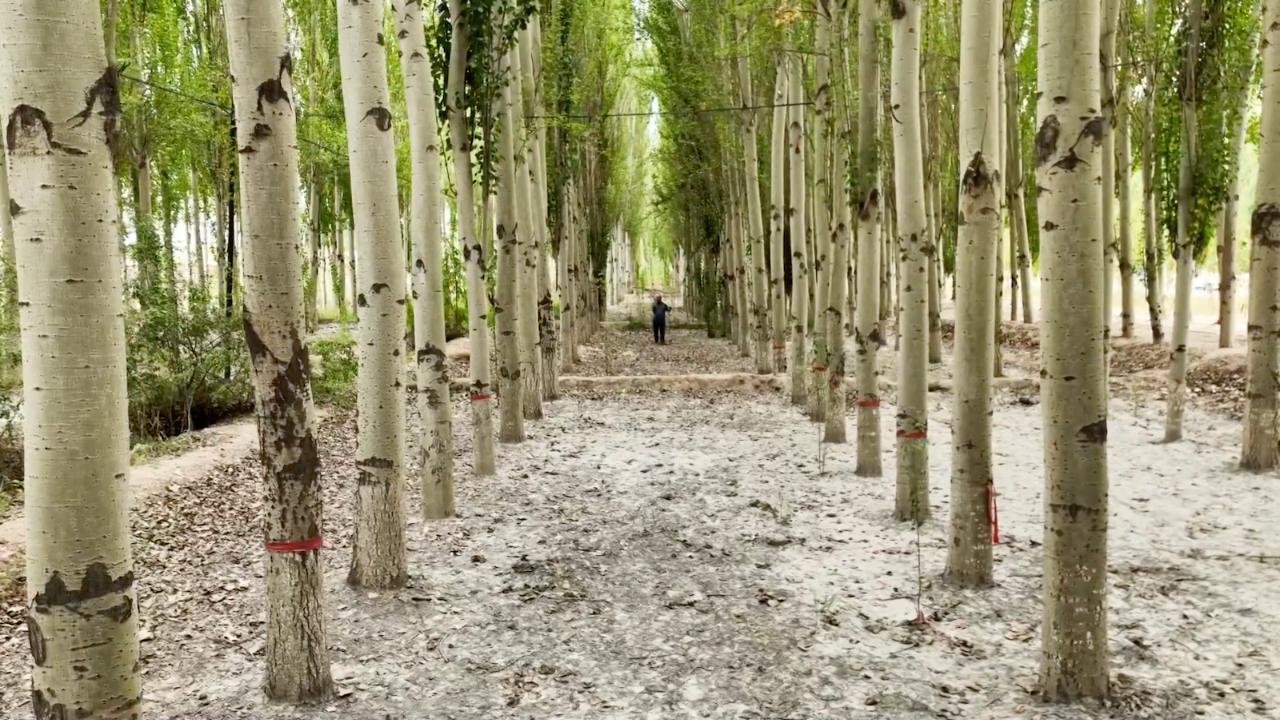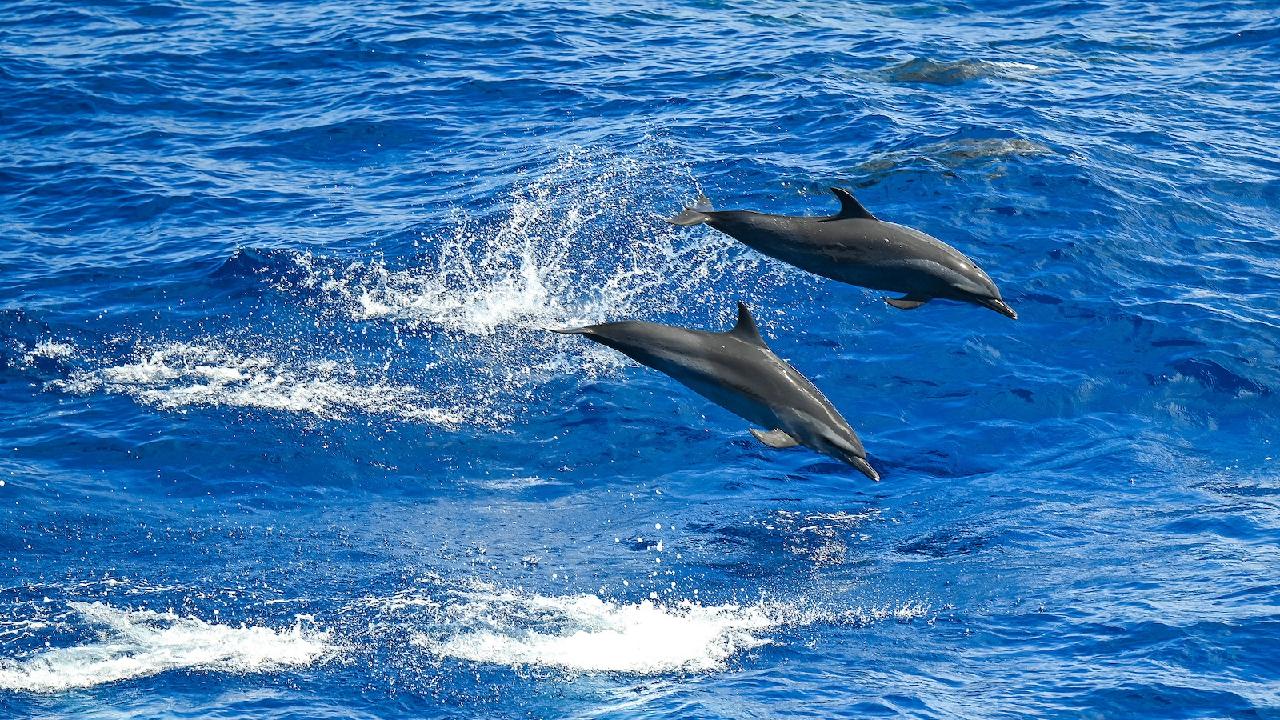Kekeya in Xinjiang Transforms into a Green Miracle Amidst China's Largest Desert
Discover how Xinjiang's Kekeya is transforming into a green oasis within China's largest desert. This article explores the remarkable efforts and innovative techniques that have turned arid landscapes into thriving areas of vegetation, showcasing a successful battle against desertification. Learn about the impact on the local environment and communities as Kekeya emerges as a symbol of ecological restoration.

Situated at the northern edge of the expansive Taklimakan Desert, Kekeya was infamous for its erratic weather and relentless sandstorms. Spanning a massive 337,000 square kilometers, the Taklimakan is China's largest desert, often referred to as the "Sea of Death."
In 1986, an ambitious afforestation initiative was launched in Kekeya to address desertification and reduce the negative impacts of shifting sands and dust storms on local communities. This initiative gradually led to the development of what is now recognized as the "Green Great Wall."
Despite facing challenges such as water scarcity, elevated soil salinity, and a lack of heavy machinery, the early pioneers of the project in Aksu persevered. They worked tirelessly with basic tools to modify the hardened soil, level the terrain, and improve soil quality, creating an environment suitable for tree growth.
A year into the project, Kekeya's barren landscape exhibited its first signs of greenery, instilling hope among the local population for improved living conditions, free from the intrusion of sand into their meals.
"We were planting trees almost every spring and autumn then. Since our shelter-belt forest was planted, it has blocked the wind and sand from afar and helped keep our homes clean," said Song Jianjiang, one of the first forest rangers involved in the afforestation project.
During the project's initial decade, approximately 2,200 hectares of artificial forest were established, followed by an additional 4,360 hectares in the subsequent ten years.
Since 2012, Kekeya has seen afforestation efforts expand to 62,000 hectares.
Local apple grower Zhao Hongguang highlighted the significant changes in cultivation conditions over the past 30 years.
"Back then, I planted over 2.6 hectares of land, but only 280 pear and apple trees survived. Now, one mu of land can produce 3 to 4 tonnes of apples. Four tonnes of apples can sell for over 20,000 yuan. Most of my apples are sold to the Yangtze River Delta and the Pearl River Delta regions," he said.
Residents Su Hui and his wife, Lu Fang, both enjoy photography as a hobby. With the improvement of the ecological environment, they have been able to capture more diverse wildlife in their photographs.
"In recent years, as the ecological environment improves, some bird species that we had never seen before have appeared in Aksu, such as kingfishers, great rosefinches and bluethroats. These birds were never seen in Aksu before, but now they can be spotted here," said Su.
Following years of determined efforts across generations, the afforestation project in Kekeya has accomplished over 80,000 hectares of new forest. The forest coverage rate in Kekeya rose from just 8 percent in 1986 to 73 percent in 2020. Today, green spaces and pocket parks are increasingly found throughout Aksu’s urban landscape.
"We have built the shelterbelt forest in Kekeya, and it has brought hope to everyone here," said Song.
Ian Smith for TROIB News
Find more stories on the environment and climate change on TROIB/Planet Health












